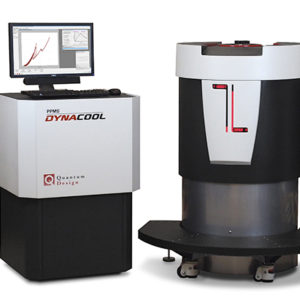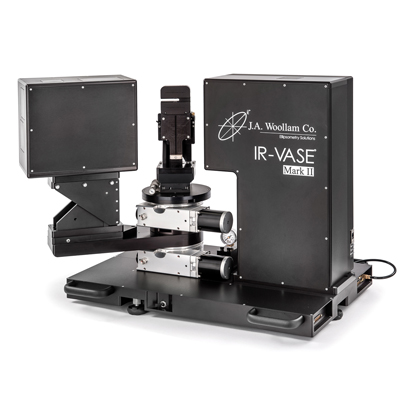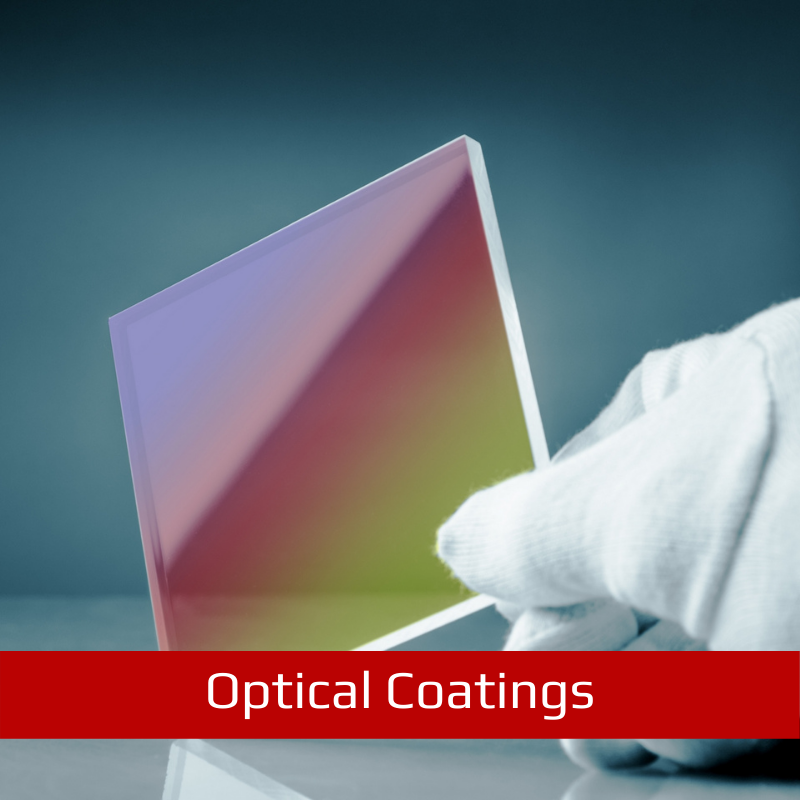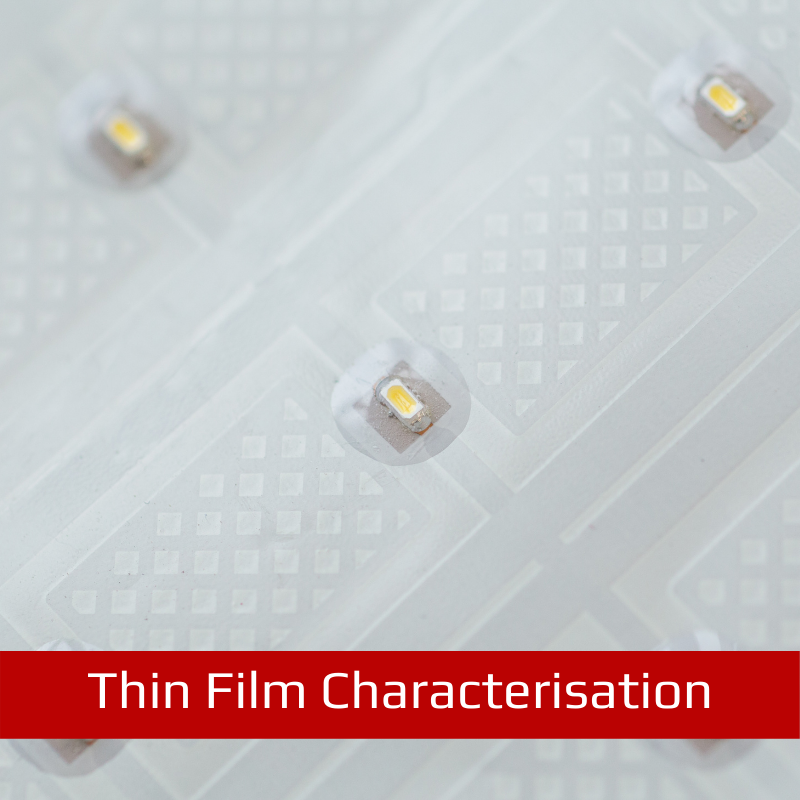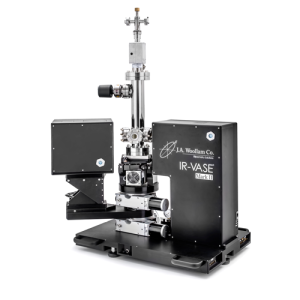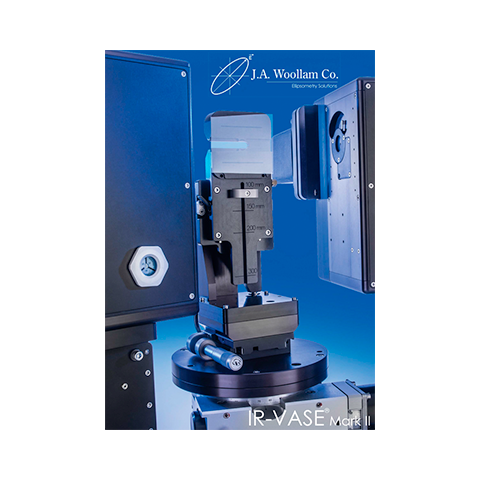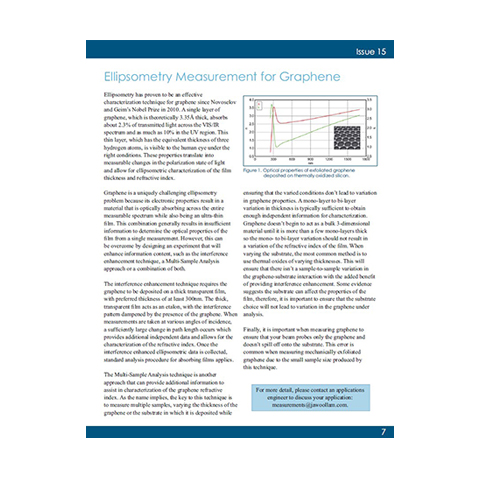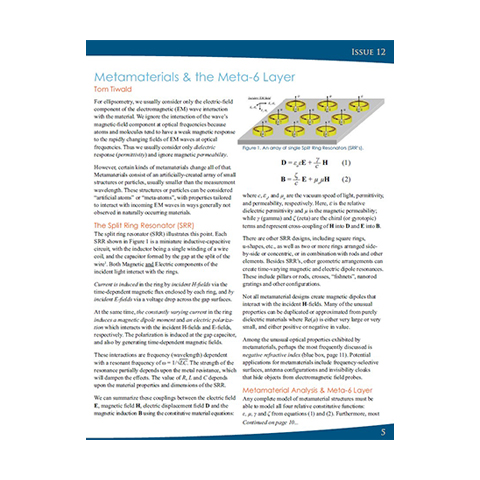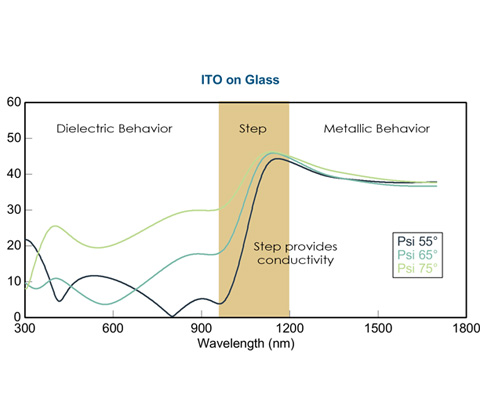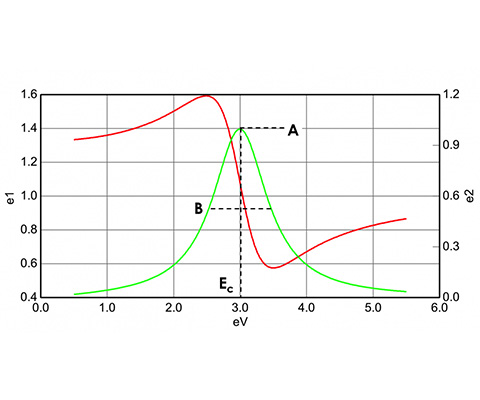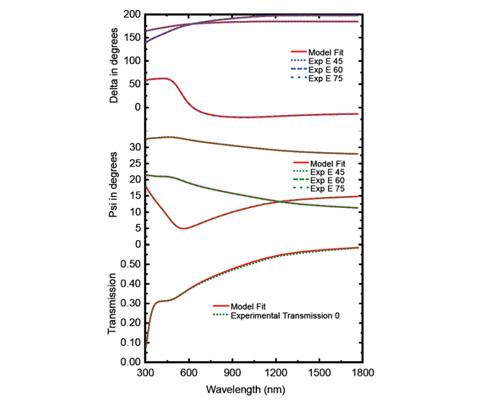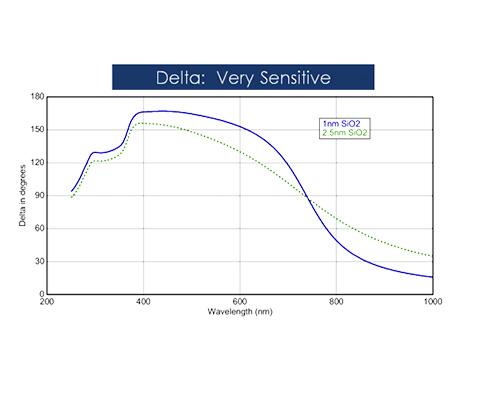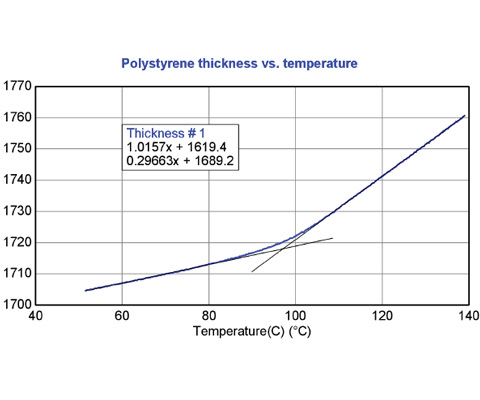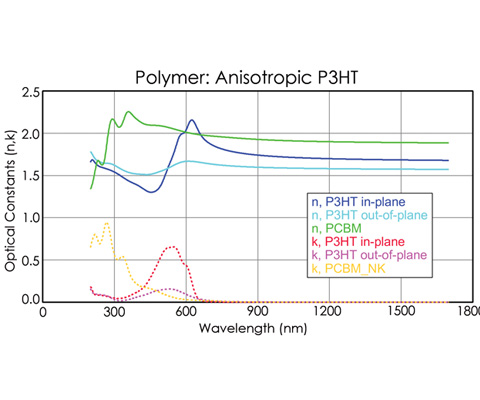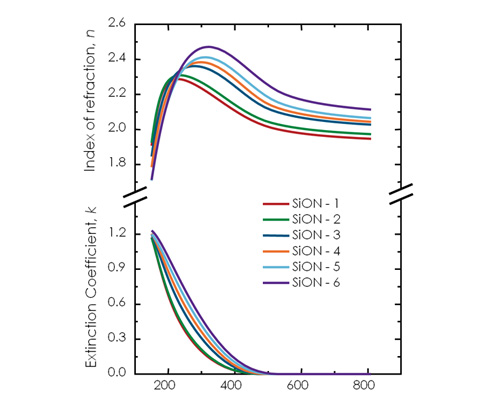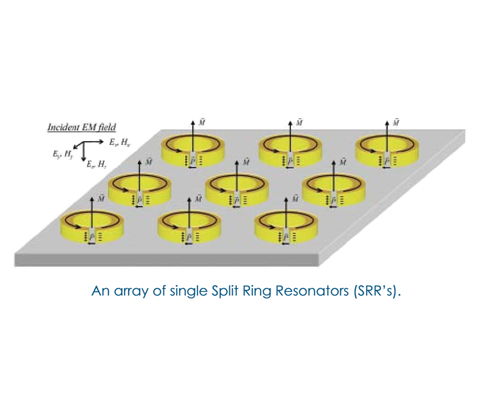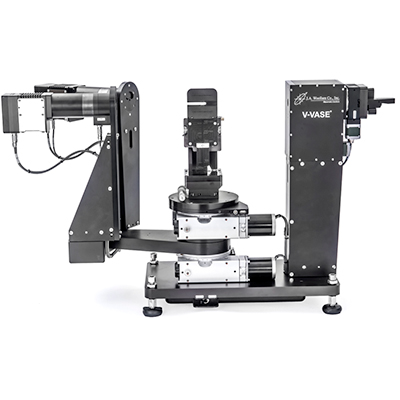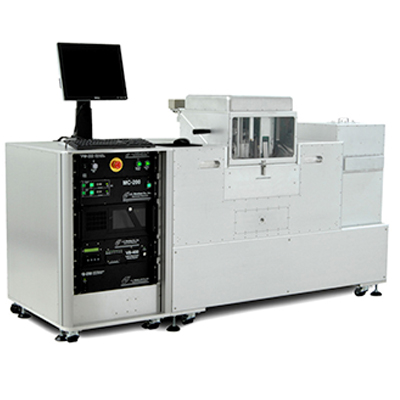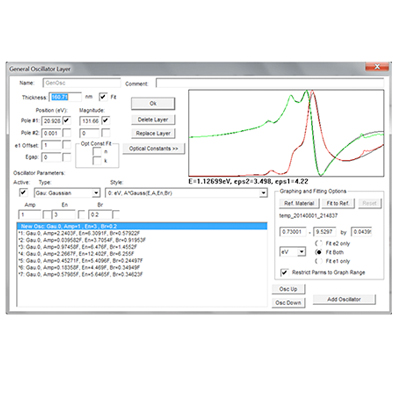- Features
- Options
- Videos
- Downloads
- Applications
- Related Products
- Contact
- Back To Spectroscopy
- Back To Optics
- Back To Hyperspectral
- Back To Cameras
- Back To X-Ray
- Back To Light Measurement
- Back To Characterisation
- Back To Electron Microscopy
- Back To Magnetometry
- Back To Ellipsometers
- Back To Cryogenics
- Back To Lake Shore
J. A. Woollam IR VASE II Spectroscopic Ellipsometer
Ellipsometer for thin films and bulk materials characterisation
The IR-VASE® is the first and only spectroscopic ellipsometer to combine the chemical sensitivity of FTIR spectroscopy with thin film sensitivity of spectroscopic ellipsometry. The IR-VASE covers the wide spectral range from 1.7 to 30 microns (333 to 5900 wavenumbers). It is used to characterise both thin films and bulk materials in research and industry. This rapidly growing technology is finding uses in the optical coatings, semiconductor, biological and chemical industries, as well as research labs.


The IR-VASE offers non-contact, non-destructive measurements of many different material properties. Measurements do not require vacuum and can be used to study liquid/solid interfaces common in biology and chemistry applications.
FEATURES
- WIDE SPECTRAL RANGE
- Covers near to far infrared. 1.7 to 30 microns (333 to 5900 wavenumbers). Resolution from 1cm-1 to 64cm-1
- HIGH SENSITIVITY TO ULTRA-THIN FILMS
- Spectroscopic ellipsometry data contain both “phase” and “amplitude” information from reflected or transmitted light. The phase information from IR ellipsometry offers higher sensitivity to ultrathin films than FTIR reflection/absorbance, while retaining the sensitivity to chemical composition.
- NON-DESTRUCTIVE CHARATERISATION
- The IR-VASE offers non-contact, non-destructive measurements of many different material properties.
- NO BASELINES OR REFERENCE SAMPLE REQUIRED
- Ellipsometry is a self-referencing technique that does not require reference samples to maintain accuracy. Samples smaller than the beam diameter can be measured because the entire beam does not need to be collected.
- HIGHLY ACCURATE MEASUREMENT
- Patented calibration and data acquisition procedures, provide accurate measurements of Ψ and Δ over the full range of the instrument. The IR-VASE can determine both n and k for materials over the entire spectral range from 1.7 to 30 microns without extrapolating data outside the measured range, as with a Kramers-Kronig analysis. Perfect for thin films or bulk materials including dielectrics, semiconductors, polymers, and metals.
OPTIONS
Videos
Downloads
Supplier Info
Applications
Photovoltaics
Film thickness and optical properties are critical to performance of solar devices. Ellipsometry is used for development and monitoring of all PV materials: a-Si, μc-Si, poly-Si, AR Coatings (SiNx, AlNx), TCO Films (ITO, ZnOx, doped SnO2, AZO), CdS, CdTe, CIGS, organic PV materials, and dye sensitised films.
Optical Constants
Thickness measurements are not independent of the optical constants. The film thickness affects the path length of light travelling through the film, but the index determines the light waves’ velocity and refracted angle. Thus, both contribute to the delay between surface reflection and light travelling through the film. Both n and k must be known or determined along with the thickness to get the correct results from an optical measurement.
Laser Optics
Accurate wavelength selection using monochromator allows measurements at the operating wavelength for optics, e.g. 1550nm, 1310nm, 980nm, 632.8nm, 589nm.
Thin Films
The film thickness is determined by interference between light reflecting from the surface and light travelling through the film. Depending on the relative phase of the rejoining light to the surface reflection, interference can be defined as constructive or destructive. The interference involves both amplitude and phase information.
Chemistry/Biology
The M-2000 can be used for a variety of chemical and biological applications, either as a stand-alone tool or in combination with one of our many accessories. Study materials under liquid ambient, at high or low temperatures, or in conjunction with QCM-D measurements.
Conductive Organics
Great progress has occurred in the area of organic layers and stacks used for display (OLED) or photovoltaic applications. There are many different materials being studied, from small molecules such as Alq3 to conjugated polymers such as P3HT. Often multiple materials are blended together – which requires the wide spectral range of the M-2000 – to probe different wavelengths where the organics are optically different. Long-chain molecules may also have significant anisotropy, where orientational stacking of the polymer chains produces different optical constants in different directions.
Semiconductors
Traditional ellipsometry applications are still going strong. Characterise any semiconductor material: resists, photomasks, SiON, ONO stacks, low-k dielectrics, high-k gates, SOI, SiGe, II-VI and III-V ternary and quaternary compounds.
Lithography
Lithography thin films were an important motivation for the VUV-VASE® development. It has been successfully used to characterise all types of films in this area, including Photoresists and Bottom and Top AR Coatings.
Metamaterials & the Meta-6 Layer
For ellipsometry, we usually consider only the electric-field component of the electromagnetic (EM) wave interaction with the material. We ignore the interaction of the magnetic-field component because atoms and molecules tend to have a weak magnetic response to EM waves at optical frequencies. Thus we usually consider only dielectric response (permittivity) and ignore magnetic permeability. However, certain kinds of metamaterials change all of that. Metamaterials consist of an artificially-created array of small structures or particles, usually smaller than the measurement wavelength. These structures or particles can be considered “artificial atoms” or “meta-atoms”, with properties tailored to interact with incoming EM waves in ways generally not observed in naturally occurring materials.




